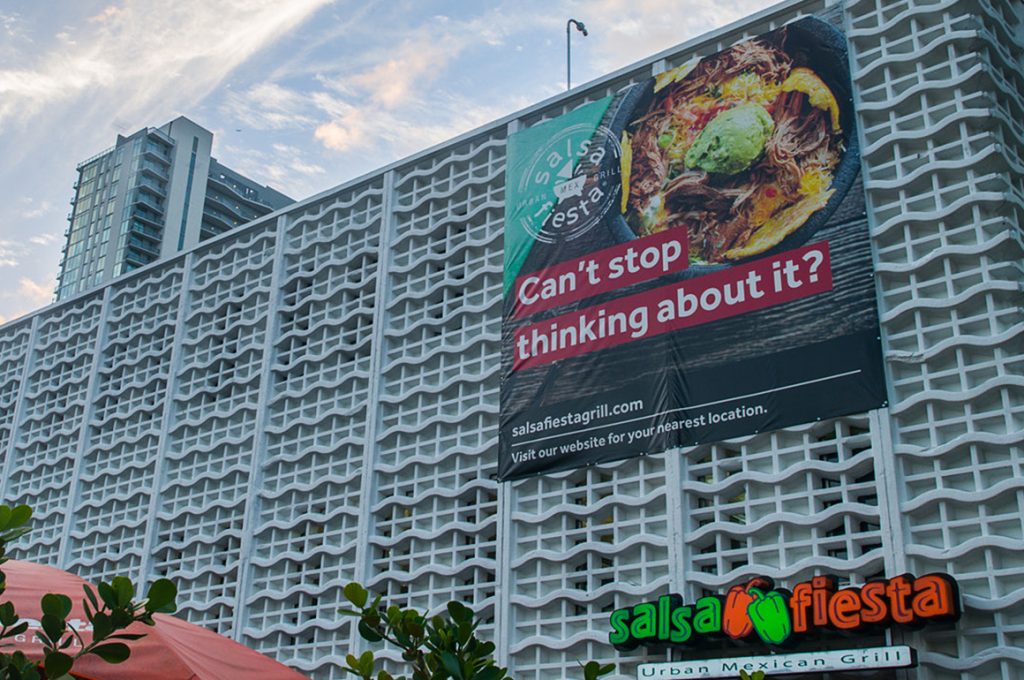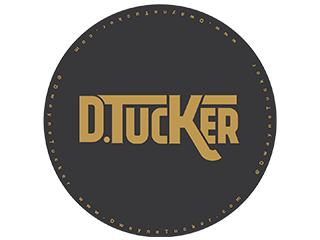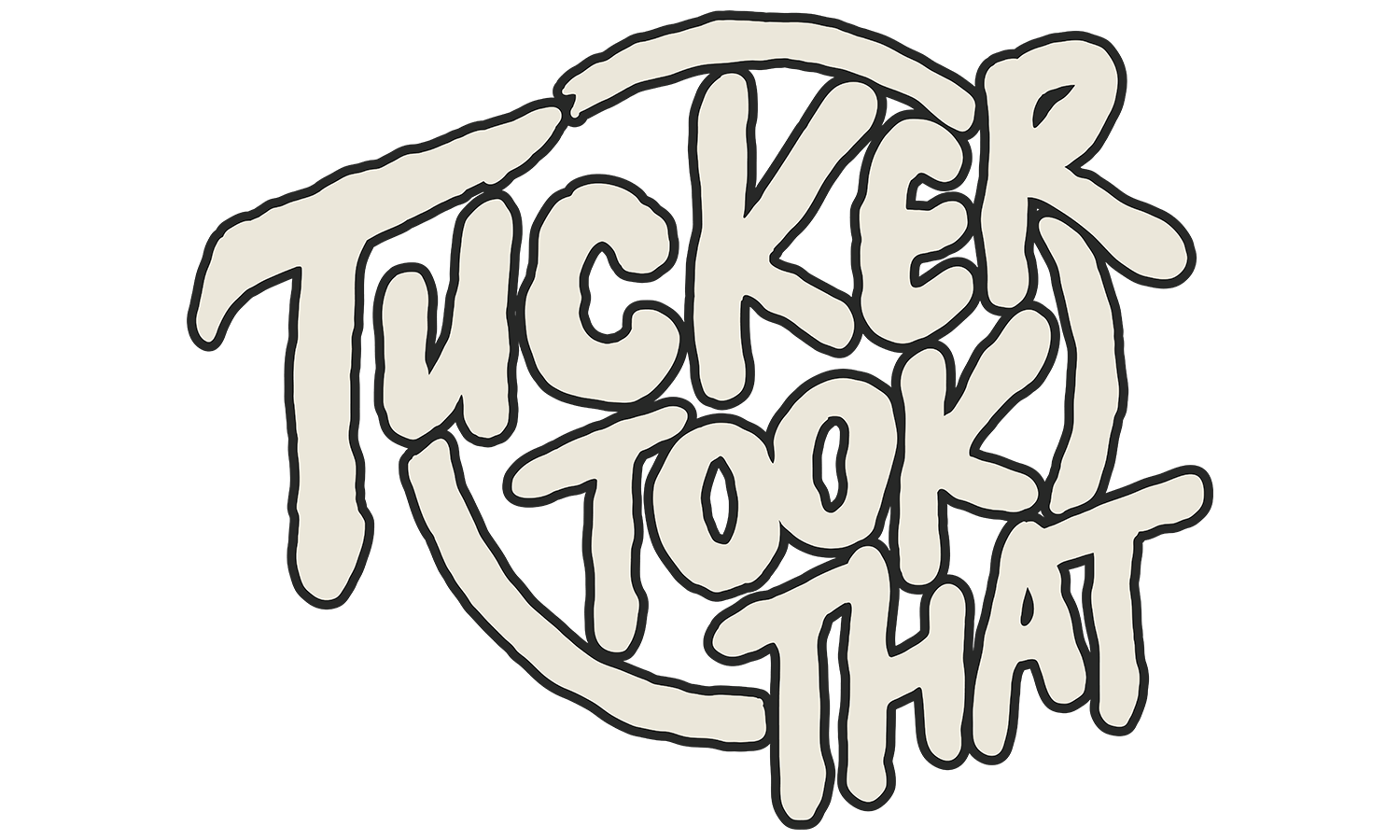
INTRODUCTION
It is important that small business owners understand, “Commercial Photography and Advertising Photography are both used for promotional purpose rather than preserving memory as in fine art photography, and photojournalism”, as stated in Chron – Small Business’ article – (Click Here). (Quotes used throughout this page is in reference to the aforementioned Chron – Small Business’ article. This page is a response to the explained information about The Difference Between Commercial & Advertising Photography, along with my (Photographer Dwayne Tucker) approach to photographing Commercial & Advertising Photography for small business owners.
The article began, “Although some people use them interchangeably, Commercial Photography and Advertising Photography are quite different.” Often, small business owners seek professional photographs with quality work, and hire them because they will make “pretty pictures”. However, simply having photographs made for your business won’t accomplish goals.
Commercial Photography Elements
“A commercial photo is typically used in the retail and wholesale sectors and in sales materials or for promotional efforts. In commercial photography, the entire photoshoot is devoted to the product being photographed.”
Here it’s all about the product. The product must be photographed in a way that is appealing for its audiences for anyone who take a look at the product in the photograph. The photograph must show the viewer the product and present it in a way that is appealing, that is strong, and that is accepted by its correct audience. These commercial photographs must be strategically planned + photographed for people to look at and connect with what looks like a product of quality. The commercial photograph should show product as it is, these photographs are the display presentation of the product.
Advertising Photography Elements
My favorite of the two is Advertising Photography. Particularly Fashionable Products – Advertising Photography. ” As the name implies, advertising photographers are concerned with selling or appealing to instincts within a viewer that would create a need to buy.”
Proper planning is only the only way to make a photograph that serves a purpose to advertise a success. You must decide with your client exactly what’s the mood, and what will happen to make the Advertising Photography Project a success. “Advertising photographers approach their work as artists whose job is to tell a captivating story through the use of stylized images, colors, lighting, and framing.” This type of photography is to find the mood, and connect the dots with the target audience; the photographs must make people feel, and want what is shown in the photograph. Your photograph must be so good that the consumer says, “Hey I like that. I might not need that but I really want that.”
Be sure to read the rest of Chron- Small Business’ article – (Click Here) for more about Style, Intent, and End User.
To conclude this page, I hope if you didn’t know / were confused about the difference between Commercial and Advertising Photography, it is now clear for you.
For both, the planning process of creating Commercial / Advertising Photographs is crucial to making great photographs. At least I find that this is the best way to make great images for my clients. I also feel photographs from both Commercial and Advertising Photographs help drive sales to your business when photo-shoots for them are planned, photographed, and presented to the target audiences correctly.
Always remember before working with your photographer to make strong Commercial / Advertising Photo Campaigns, “Simply having photographs made for your business won’t accomplish goals.” – Photographer Dwayne Tucker
NOTE:
If you are visiting my website as a small business owner interested in having me photograph Commercial / Advertising Photographs for your company, please visit my “Campaign Shoot – (Click Here)” page for more information and how to schedule your consultation meeting.



